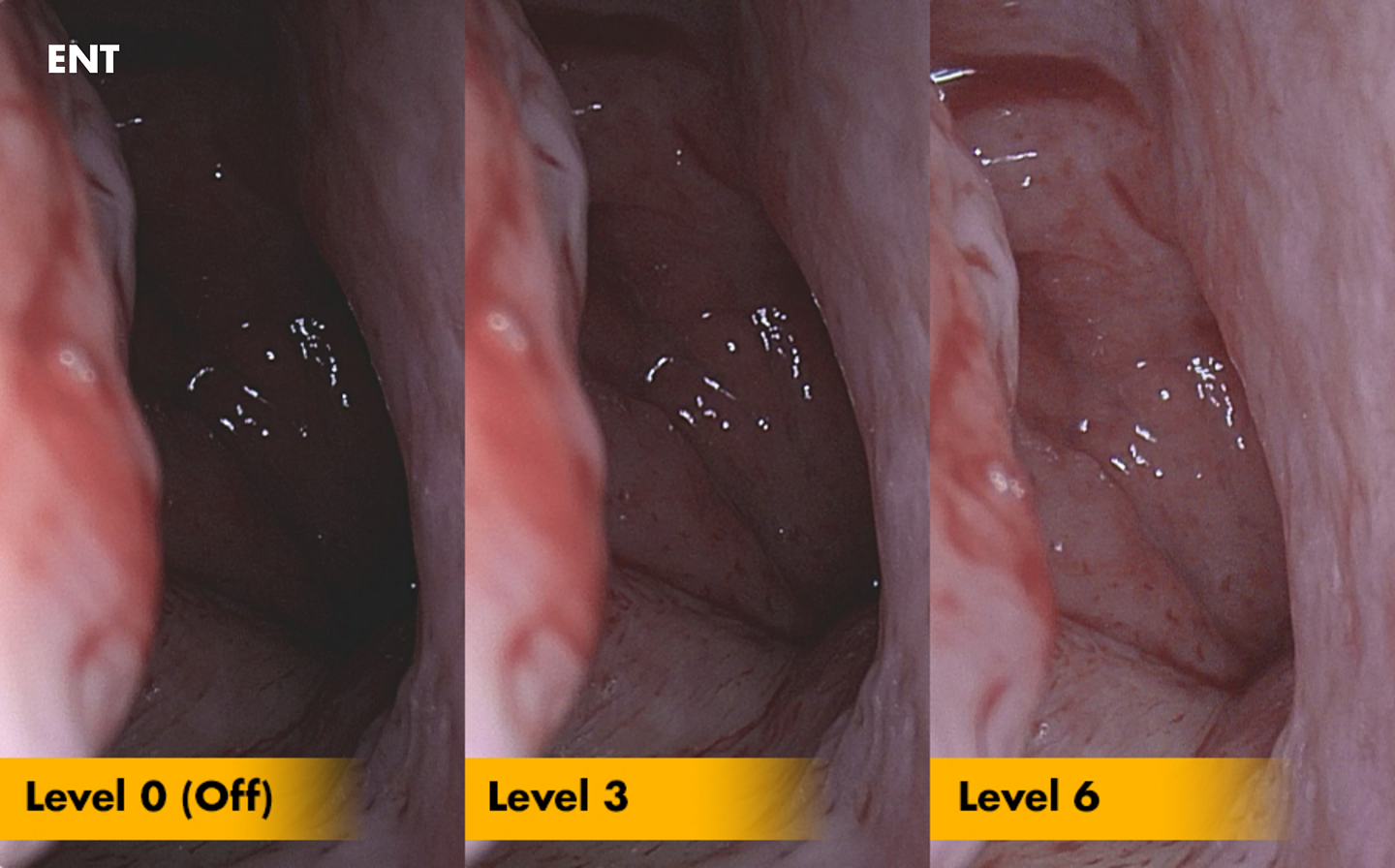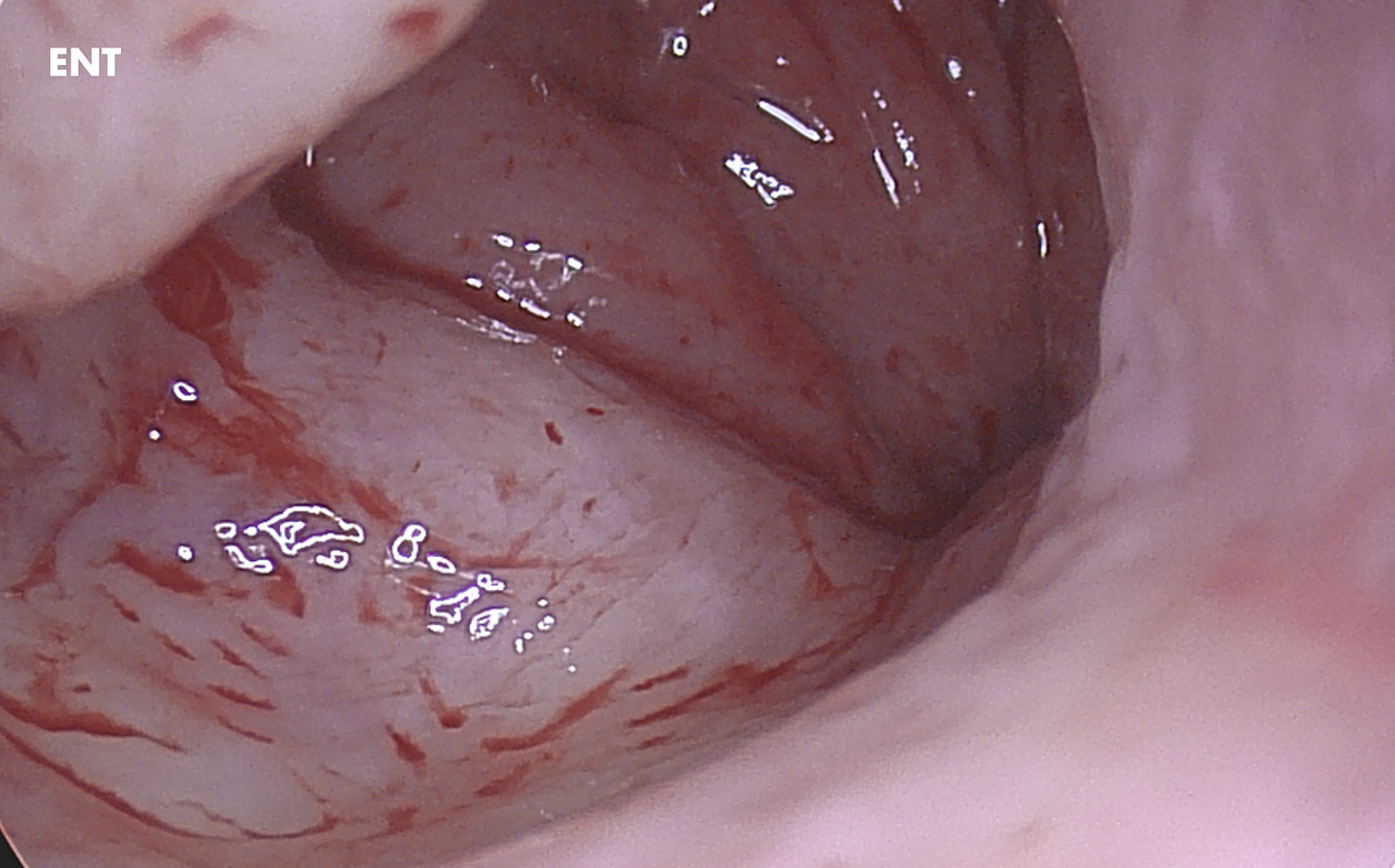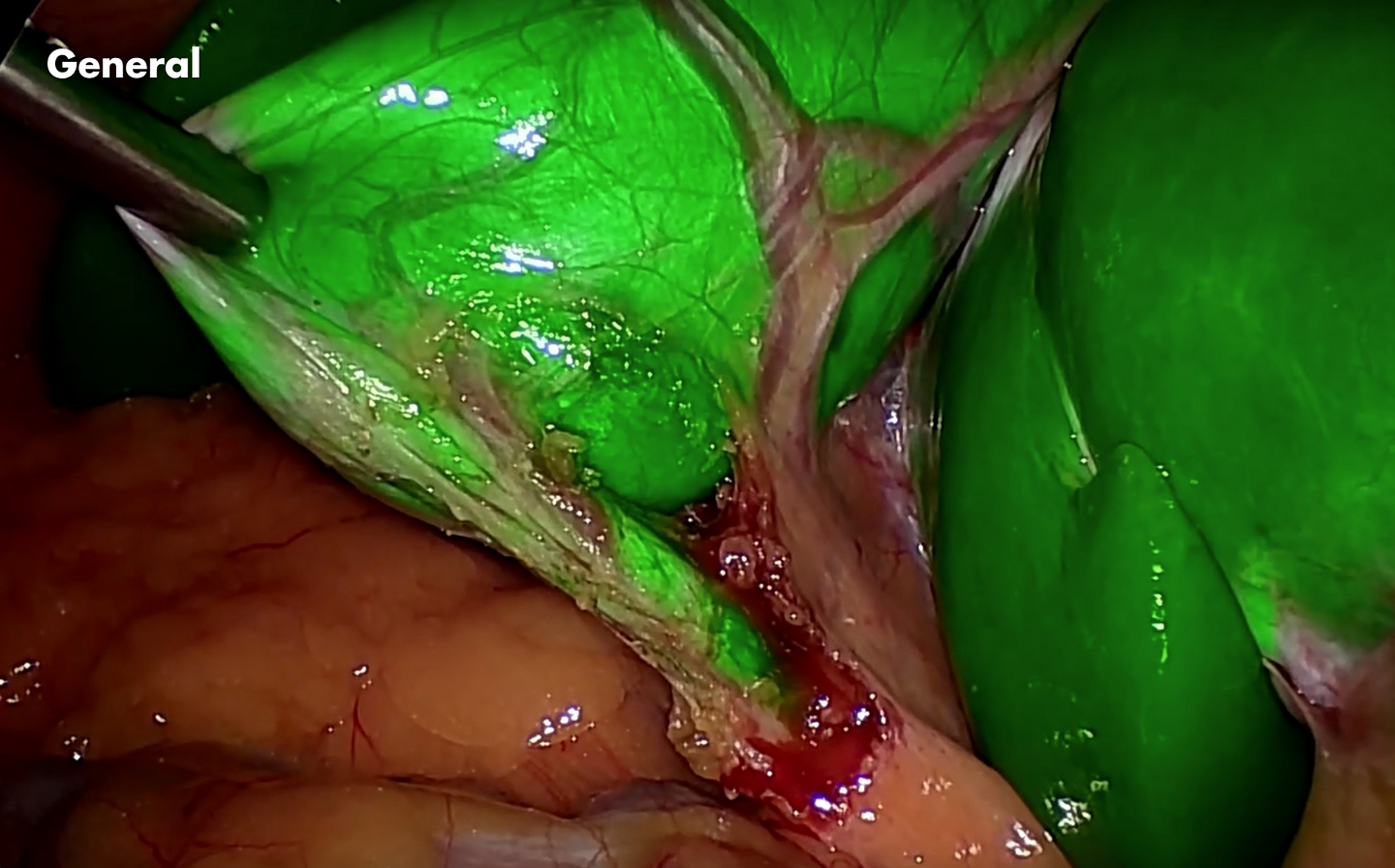Introducing
The 1788 Platform
The future, in your hands.
The 1788 Platform is designed with built-in architecture to enable visualization of multiple optical imaging agents. Our goal is to help enhance and customize your OR experience, as you strive to provide the best patient care possible.1
Clinically advanced
Enhanced fluorescence imaging capabilities to visualize multiple optical imaging agents and modalities
Trusted visualization
As the market-leading MIS surgical image, the 1788 delivers the best-in-class 4K image across multiple specialties
Ease of use
With our expanded device control capabilities, you can now control more Stryker devices from the camera head than ever before
Now featuring:

Tone mode
Designed to balance brightness and illuminate shadows across the field of view by enhancing posterior lighting without compromising foreground detail.

Full frame HDR
Seeing is believing! Now with high dynamic range (HDR), designed to provide more detail in shadows and highlights of the image.

Experience one billion colors
62.5x more colors for more authentic and vibrant anatomical imagery.

Fluorescence imaging, re-imagined
Experience clearer delineation of fluorescence signal designed for improved visualization of critical anatomy and perfusion.
SPY overlay mode
Best in class 4K white light image with integrated fluorescence imaging.
SPY ENV mode
4K fluorescence displayed in grayscale.
SPY contrast mode
High-contrast fluorescence visualization in grayscale.
IRIS
Improved usability by enabling simultaneous visualization of fluorescence imaging and IRIS ureteral stents.
SPY CSF
Provides a more detailed color map to evaluate a wider range of florescence intensities.
SPY CSI
Emits only green and short blue wavelengths to provide higher contrast of vascular structures on the mucosal surface.
OLED monitor
The 32” 4K OLED Surgical monitor can display more than one billion colors, enabling clearer observation of fine tissue types and structures at a variety of angles.
Fluorescence imaging, re-imagined
SPY Contrast, Overlay and ENV modes are integrated into the 1788 platform, offering clearer delineation of fluorescence signal for improved visualization of perfusion and critical anatomy.1
1788 camera
Greater image sensor sensitivity, higher contrast ratios via true black levels and a more versatile laser wavelength work simultaneously to produce a clear, vivid surgical image.
SPY-PHI
The SPY Portable Handheld Imager allows surgeons to visualize perfusion in open surgery.
PneumoClear all-inclusive insufflator
First all-inclusive system with integrated heating, humidification and smoke evacuation capabilities, taking your insufflation experience to the next level.2
Powerful and versatile CCU
Adapts to multiple specialties.
L12 light source
Improved light control with ‘safelight’ technology.
The 1788 Platform is now cleared to visualize CYTALUX.3,4
VPI
Connects to SPY-PHI to enable visualization in open surgery.
Connected OR cart
Optimized OR footprint and better manueverability.
All for you.


1788 Pendulum Camera Head
1788-310-131

1788 Microscope Camera Head
1788-210-080

1788 Camera Head, C-Mount
1788-210-105

1788 Camera Head with Integrated Coupler
1788-610-122

1788 Inline Camera Head, C-Mount
1788-710-105

1788 Camera Head and 4K Coupler Kit
1788-210-122

1788 Inline Camera Head and 4K Coupler Kit
1788-710-122

1788 4K Coupler, C-Mount
1788-020-122
Follow Stryker on Social Media!
References
Comparisons are to previous generation unless noted
- 1000904469
- PN 1000902616
- NDA 214907 for approved indications of use
- Sarkaria IS, Martin LW, Rice DC, Blackmon SH, Slade HB, Singhal S; ELUCIDATE Study Group. Pafolacianine for intraoperative molecular imaging of cancer in the lung: The ELUCIDATE trial. J Thorac Cardiovasc Surg. 2023 Mar 3:S0022-5223(23)00185-X. doi:10.1016/j.jtcvs.2023.02.025. Epub 2023 Mar 02. PMID: 37019717.
CYTALUX® is an FDA approved optical imaging agent indicated as an adjunct for intraoperative identification of:
- Malignant lesions in adult patients with ovarian cancer.
- Malignant and non-malignant pulmonary lesions in adult patients with known or suspected cancer in the lung.
See full prescribing information to learn more.
ENDO-VCCU-SYK-2222351




